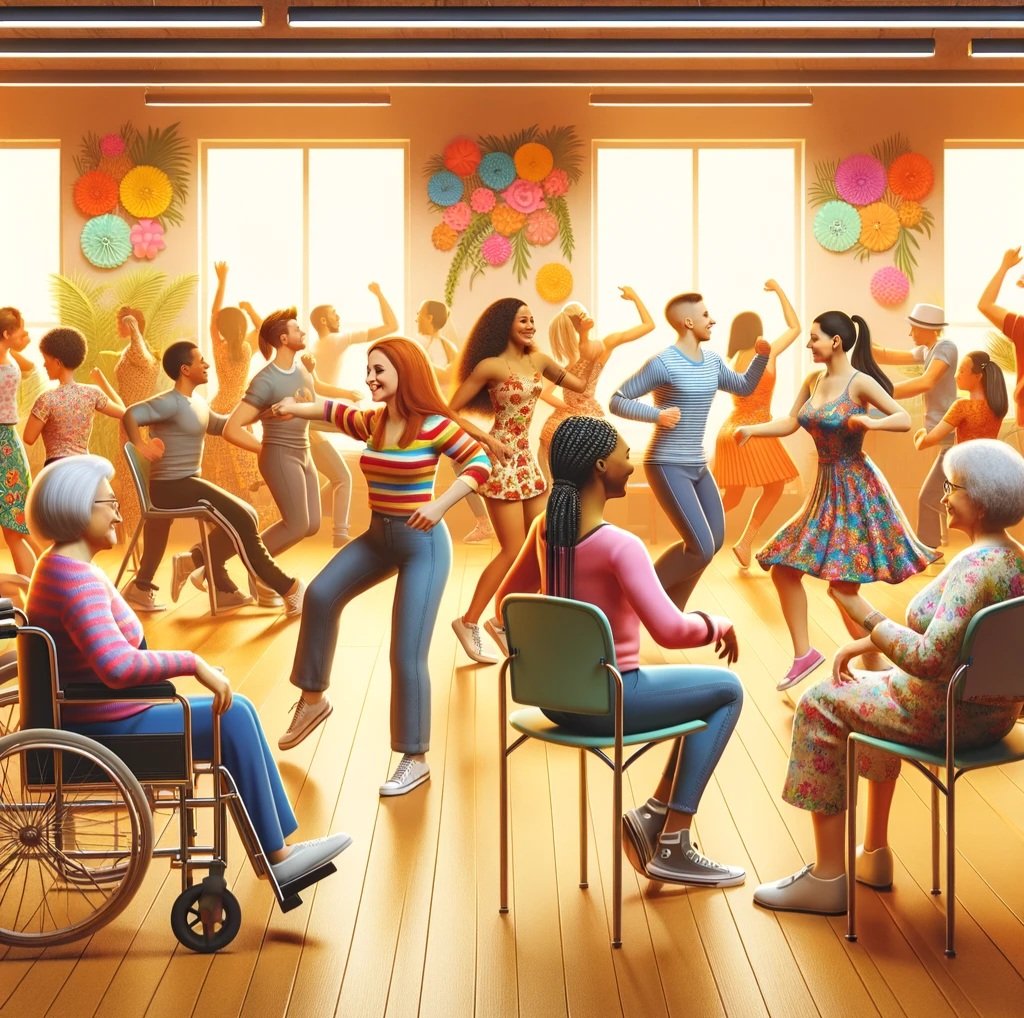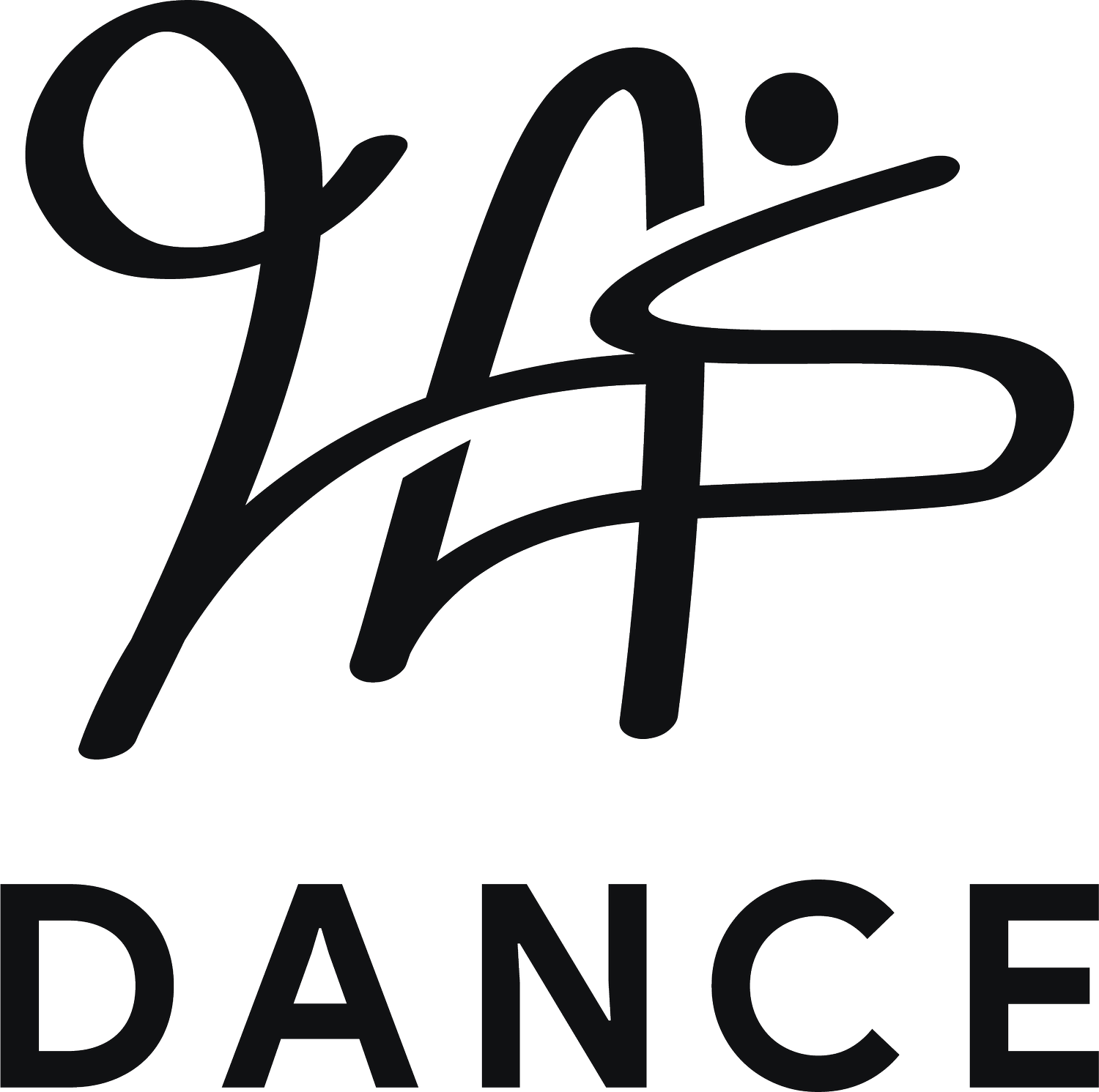
Embracing Movement with Joint Considerations
Discover the inclusive world of dance, tailored for those with joint problems. From chair dancing to expressive styles like waacking and voguing, learn how dance can be a joyful, low-impact exercise that boosts both mental and physical health.

